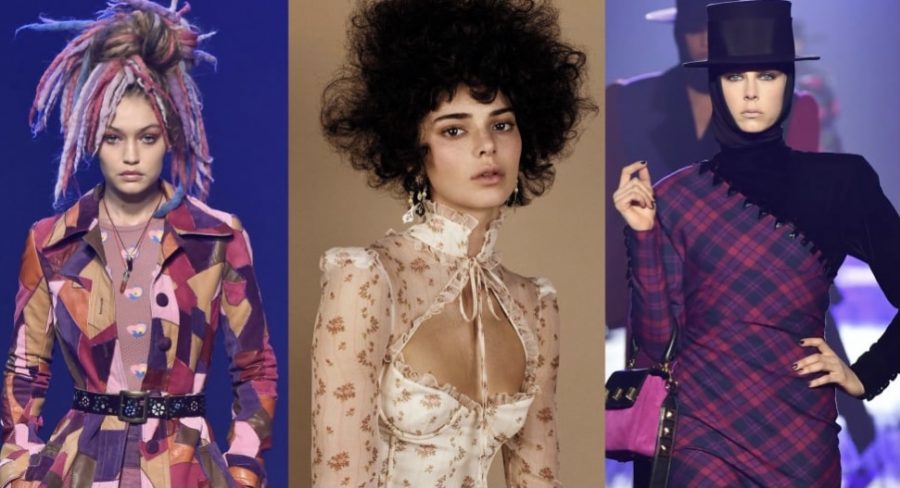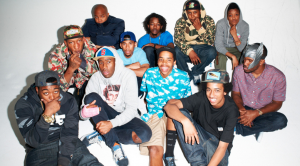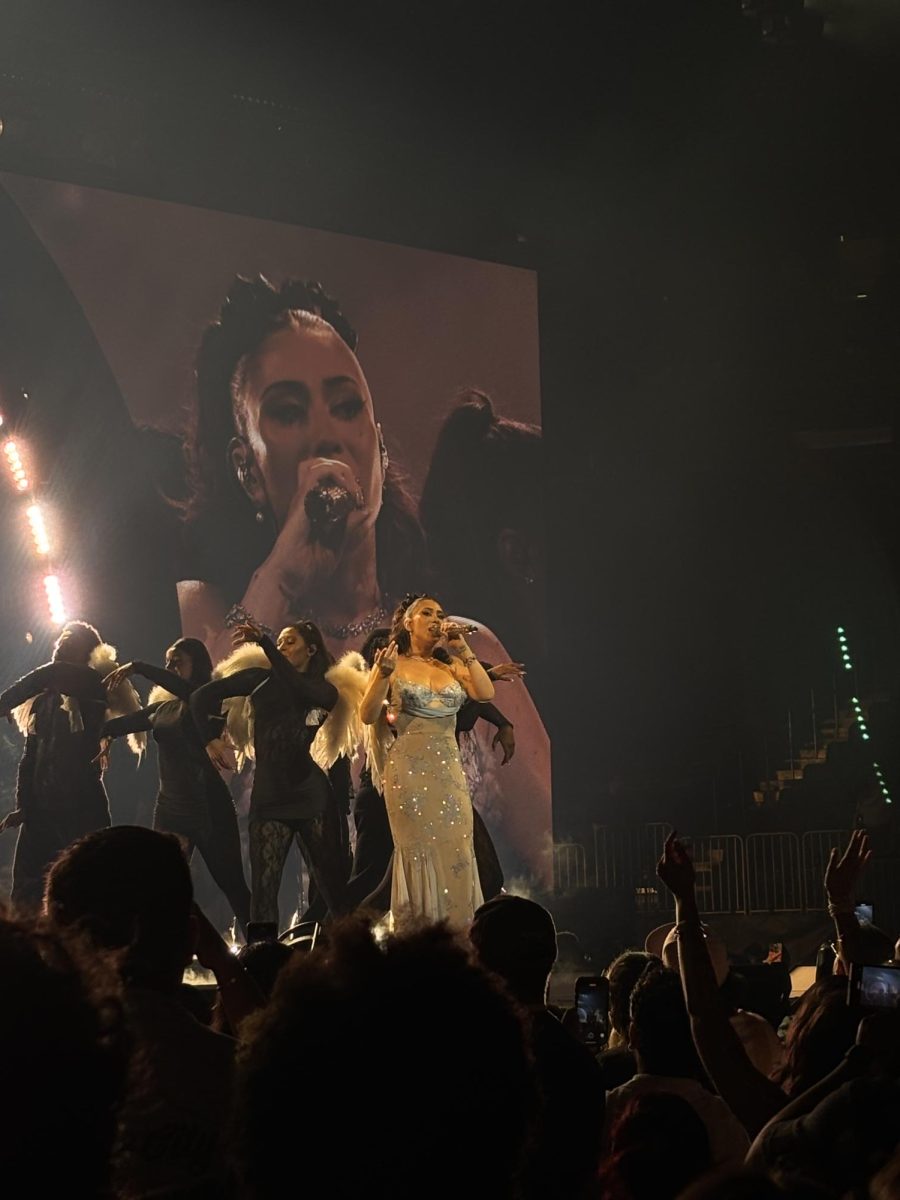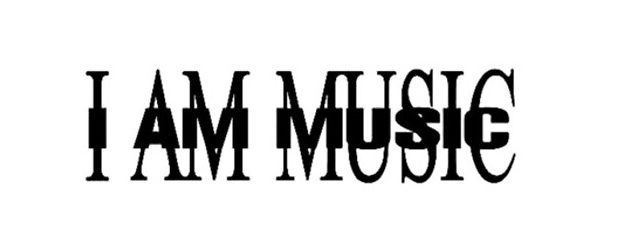Cultural Appropriation in the Media
October 6, 2020
This is an opinion piece. Lindsay Lee is a junior at Mendham who writes for the Arts and Entertainment section. All opinions expressed in the article are her own and don’t necessarily reflect the opinions of the Patriot.
Cultural appropriation is extremely offensive, yet it continues to happen, time and time again. After the Black Lives Matter Movement this year, people have become much more aware of their actions and the apparent cultural appropriation in the media. Cultural appropriation needs to be addressed and stopped. Cultural appropriation hurts the race in which clothing, mannerisms, and rituals belong to. It is an important issue that can affect many aspects of a cultural appropriator’s life and negatively affect their reputation.
Cultural appropriation is most widely seen in public events such as Coachella and the Victoria’s Secret Fashion Show. Coachella is a large festival that many people attend every summer to see their favorite artists and enjoy other fun festival activities. However, the aftermath is far from fun for those who aren’t attendees. The blatant disrespect and disregard that attendees, many of which as celebrities, have for the cultures is disappointing. Jessica Andrews says, “When Kylie sports cornrows at Coachella, it’s considered ‘edgy’ and ‘cool.’ When black people wear cornrows, they get passed over for jobs, and are asked to leave their classrooms.” Although Coachella has been asked to control their participant’s fashion choices numerous times there is no change to the rules for this year, and Coachella will continue its traditions of cultural appropriation. Another notable culprit is the Victoria’s Secret Fashion Show. They are no stranger to cultural appropriation and have been called out numerous times like Coachella. These attempts were heard by the company and they actually didn’t have a 2020 show. There are endless accounts of cultural appropriation at these shows, but the most infamous fashion show incident was when Karlie Kloss came out in a traditional Native American headdress.
As a result of the BLM, this year, two white actresses, Jenny Slate, and Kristen Bell have stepped down from their roles voicing black characters. These were their statements, “Black characters on an animated show should be played by black people,” Slate wrote. “Casting a mixed-race character with a white actress undermines the specificity of the mixed-race and Black American experience,” Bell wrote on Instagram.” This was very honorable of them because they realized the statement that they were making in light of George Floyd’s death and immediately recognized the problem giving way for black voice actors to have a chance at earning a role on the show. This is an example of how cultural appropriation was handled well, yet it can’t be said that everyone has made the same judgment call. A popular trend is known as “blackfishing” “… the phenomena of white female influencers pretending to be black through a combination of makeup and traditionally black hairstyles and fashion.” has been going around the TikTok community. Famous influencers like Addison Rae and Emma Hallberg and even the Kardashians are culprits of this horrific trend. Hart states her opinion, “They use black aesthetic like it’s a costume,” said Hart, who is also an adjunct professor at Colombia School of Social Work. “If you’re not black, you shouldn’t be doing that.”
Many Asian countries are accused of taking aspects of African-American culture without realizing the significance and the statement they are making by doing so. Alexis Jones explains this, “While many never directly say so, they often mask their cultural influences by calling their inspiration ‘urban’ which is basically a euphemism for African-American culture,” said Alexis Jones, an African-American student studying fashion in South Korea, adding that ‘hood’ and ‘gangster’ fashions feature heavily in K-pop.” Another common example of this can be found in K-pop groups. Skull, a “reggae” singer’s actions are described, “He walked onto the catwalk with his long dreadlocks, and no shirt on… conducted himself like a caricature of how he thought black artists performed.” That is not to say that Asians have not experienced cultural appropriation themselves. This can be seen in the recent fox-eye trend on TikTok. “Tiktoker Eelyse Ship (@eelyse), who created a viral video exposing the new
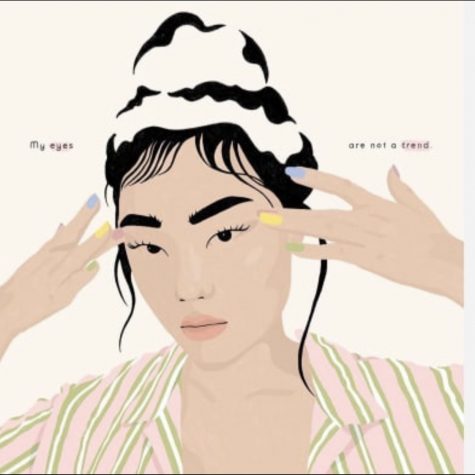
trend, told The Tab: “This trend should not exist. Asians have
been mocked for the shape of their eyes for too long and it should most definitely not be turned into something that white girls make into a ‘fun’ trend.” It is clear that there is no respect for the past and what Asians had to endure in order to get to this point where their eyes were considered a beautiful feature.
At the same time, others argue that cultural appropriation isn’t bad when used in the right way, and some people take the accusation of cultural appropriation too far. Here are some examples of how the cultural appropriation accusation got many artists fired, “…The British artist Hannah Black organized a petition to have the work destroyed…In 1955, Emmett Till’s mother urged the publication of photographs of her son’s mutilated body as it lay in its coffin. Till’s murder, and the photographs, played a major role in shaping the civil rights movement and have acquired an almost sacred quality. It was from those photos that Ms. Schutz began her painting.” “According to Mary Edoro, the editor of BellaNaija…People did not appreciate these old fabrics and designs,” Ms. Edoro told me. “Cultural appropriation, when done in a good way, makes us appreciate things we might typically ignore.”Connie Wang describes her experience at an Afropunk event,“In Nigeria, I spoke to a stylist who mentioned that Afropunk style — which can mix Kenyan kitenge cloth with Bini coral beads and an Egyptian cobra headband — was one way that the African diaspora has betrayed African people since it flattens so many individual ethnic communities into one Pan-African look.”
Cultural appropriation can be good or bad. When clothing is worn without any idea of what the clothing represents for a culture it should be criticized and looked down upon, but that doesn’t mean that some people who are genuinely fascinated by the culture and want to gain a further understanding can’t wear the clothing that they have learned about. Cultural appropriation is the source of anger, misunderstanding, and pain for many of the races who are subject to watch as their culture is torn away from them and it must be stopped because even after addressing it in the media and receiving apologies there is still little improvement.

